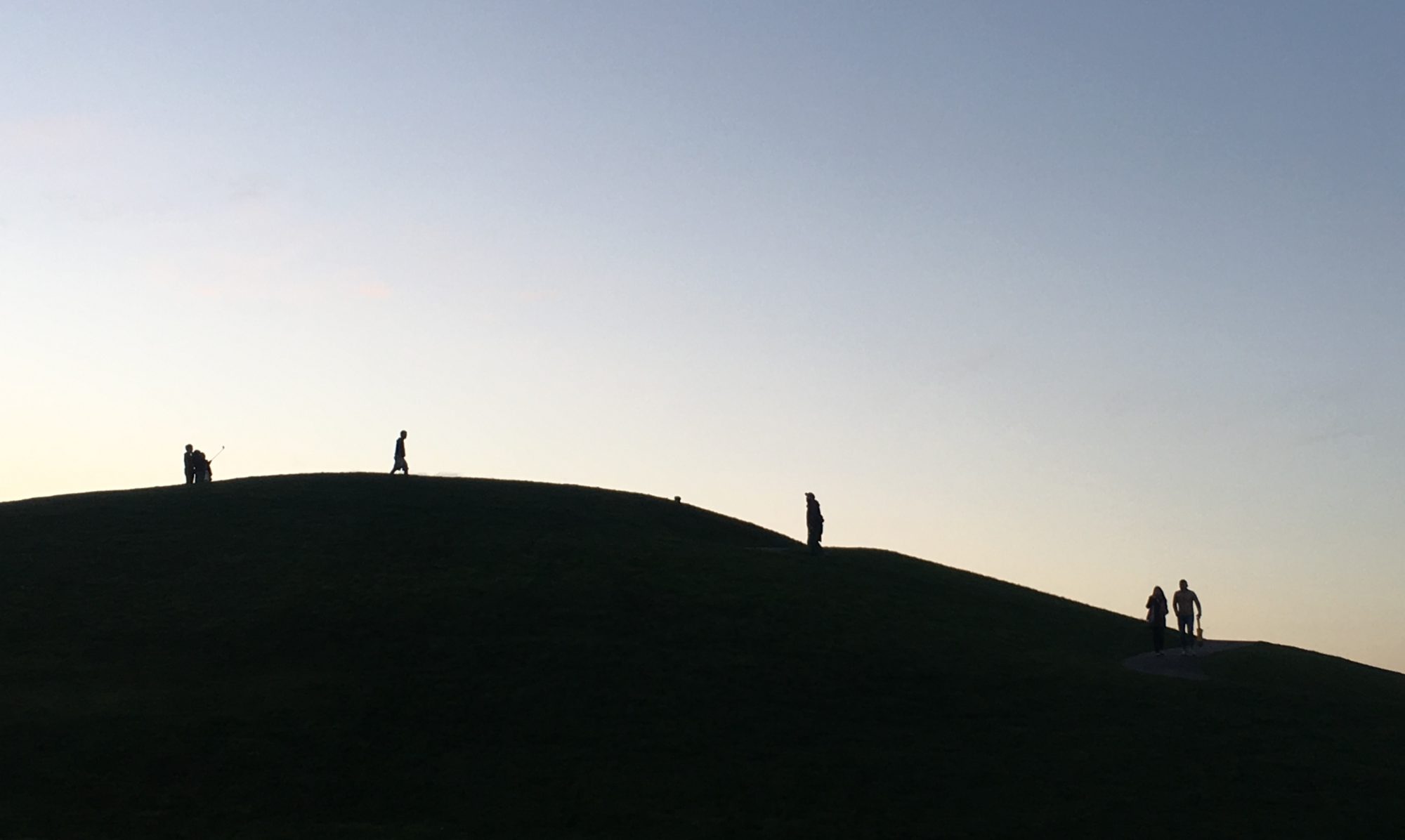According to Alfred North Whitehead, “The safest general characterization of the European philosophical tradition is that it consists of a series of footnotes to Plato.”
When I was a student, I thought this to be a harsh verdict on Aristotle and every other major philosopher who came after him, as if precedence in time implied precedence in rank. I also found it to be an unintentional but nevertheless amusing parody of many philosophy books and papers that I read, in which the amount of space devoted to footnotes or endnotes appeared almost equal to that allocated to the main text. Some philosophers seemed content to be the authors of series of footnotes. Later, I came across the sentence which immediately follows that quoted above, where Whitehead continues, “I do not mean the systematic scheme of thought which scholars have doubtfully extracted from his writings. I allude to the wealth of general ideas scattered through them”. Now the remark made more sense: it is the richness and variety of Plato’s philosophical interests which impresses, more than his proposed solutions to the many puzzles that he, through the voice of Socrates, draws our attention to.
Continue reading “Doing philosophy down in the docks”